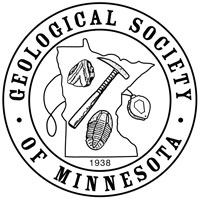Seminar Lab Date:
Seminar Lab presenter:
Seminar Lab Subject:
Seminar Lab Location :
Vincent Hall, 206 Church St. SE, Minnesota MN 55455 Room 16. MAP
Seminar Lab Details:
Summary:
Following the mass extinction that ended the Age of the Dinosaurs, many avenues of life began to expand in dramatic ways. In the hot tropics of northern South America, reptiles attained new levels in size and diversity of form. Relatives of crocodiles specialized into an array of skull shapes, adapted for a variety of prey. These ranged from long-snouted fish-eaters to short-snouted turtle-eaters. In turn, the impressively large turtles show signs of adaptation that likely helped avoid predation. Alongside these large reptiles though, was a much larger one. A massive relative of the modern-day anaconda swam also swam the flooded forests, the extinct snake Titanoboa. This serpent reached 42 feet in length and weighed 1.25 tons, far surpassing any known records of snakes past or present. At this time, it was the largest animal on Earth. Extreme body size was only possible due to much higher global temperatures than today. Join Dr. Alex Hastings to learn about this fascinating project.
Biography:
Dr. Alex Hastings is the Fitzpatrick Chair of Paleontology at the Science Museum of Minnesota. His research has focused primarily on reptilian evolution, but his projects have ranged from mastodons to whales to tiny fossil oysters collected by living ants. Hastings completed his PhD at the University of Florida on crocodile-relatives from after the mass extinction event that ended the Age of the Dinosaurs. Between Florida and Minnesota, Hastings taught at Georgia Southern University, completed a post doc at Martin Luther University in Halle, Germany, and was the Assistant Curator of Paleontology at the Virginia Museum of Natural History.
